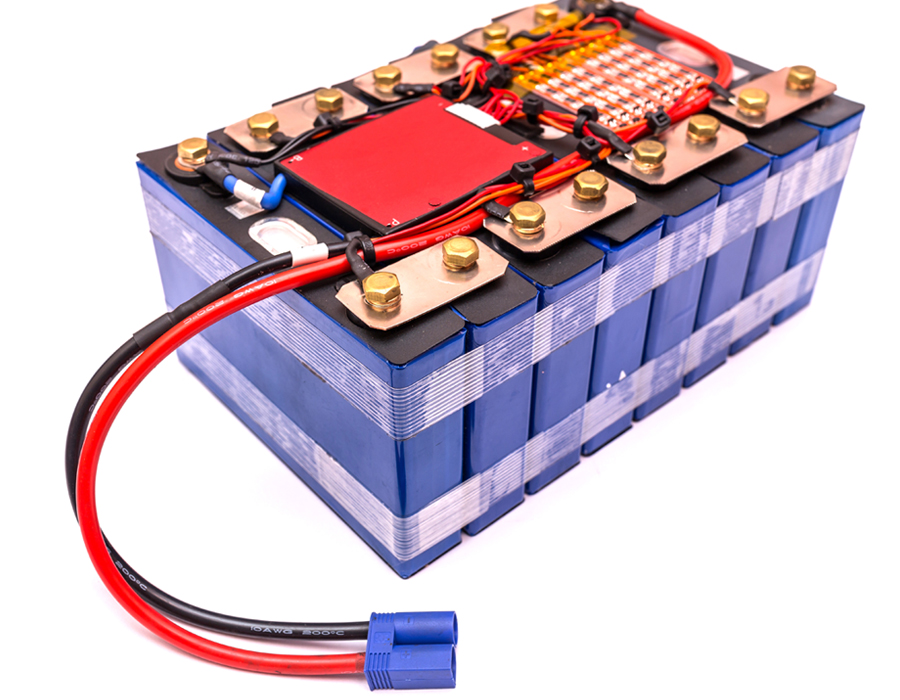Last Updated on 07/11/2023 by Sarah Sarsby
Li Batts come in several different types, or chemistries. This guidance does not seek to describe all Li Batt types, and any Li Batts of any chemistry should be treated with special care due to unique safety factors that make them different from other, more traditional battery technologies (see Sections 7-8 for more detail). Between two of the most commonly-used Li Batt chemistries in health and social care (H&SC) devices (e.g. mobility scooters, powered wheelchairs, stairlifts), it is important to note several distinctions.
Li-NMC Batts are mixed-metal oxides of lithium, nickel, manganese and cobalt, commonly used in lithium-ion batteries (as cathode material) for mobile devices and electric vehicles (aluminum is also sometimes found in Li Batts of this type). Li-NMC Batts are among the lightest, most efficient, and most energy-dense chemistries, and their use is widespread.
Key Li-NMC Batt components (nickel, manganese, and cobalt), however, are expensive, supply-constrained, and subject to both human-rights and environmental concerns. Moreover, when Li-NMC Batts are damaged – due to improper charging, short-circuit, impact damage, or crush damage – they can produce very dangerous conditions including:

A LiFePO4 Batt is a type of lithium-ion battery using lithium iron phosphate as the cathode material, and a graphitic carbon electrode with a metallic backing as the anode. Compared to Li-NMC, LiFePO4 chemistry yields a battery that is 20 percent heavier, less energy-dense, and sometimes more expensive (due in part to it being less widely used currently).
Unlike Li-NMC, however, LiFePO4’s non-lithium components (iron and phosphate) are much more common in the Earth’s crust – and they last longer (c. 1,000 – 2,500 cycles) than Li-NMC (c. 650 – 1,000 cycles); see Section 7 for a more detailed description of cycle life. Most importantly, compared to other Li Batt chemistries[i], LiFePO4 Batts have significant safety advantages:
[i] For more detail, please see the ‘Comparison to other battery types’ section of the Lithium iron phosphate battery Wikipedia page [accessed 13-Oct-23].